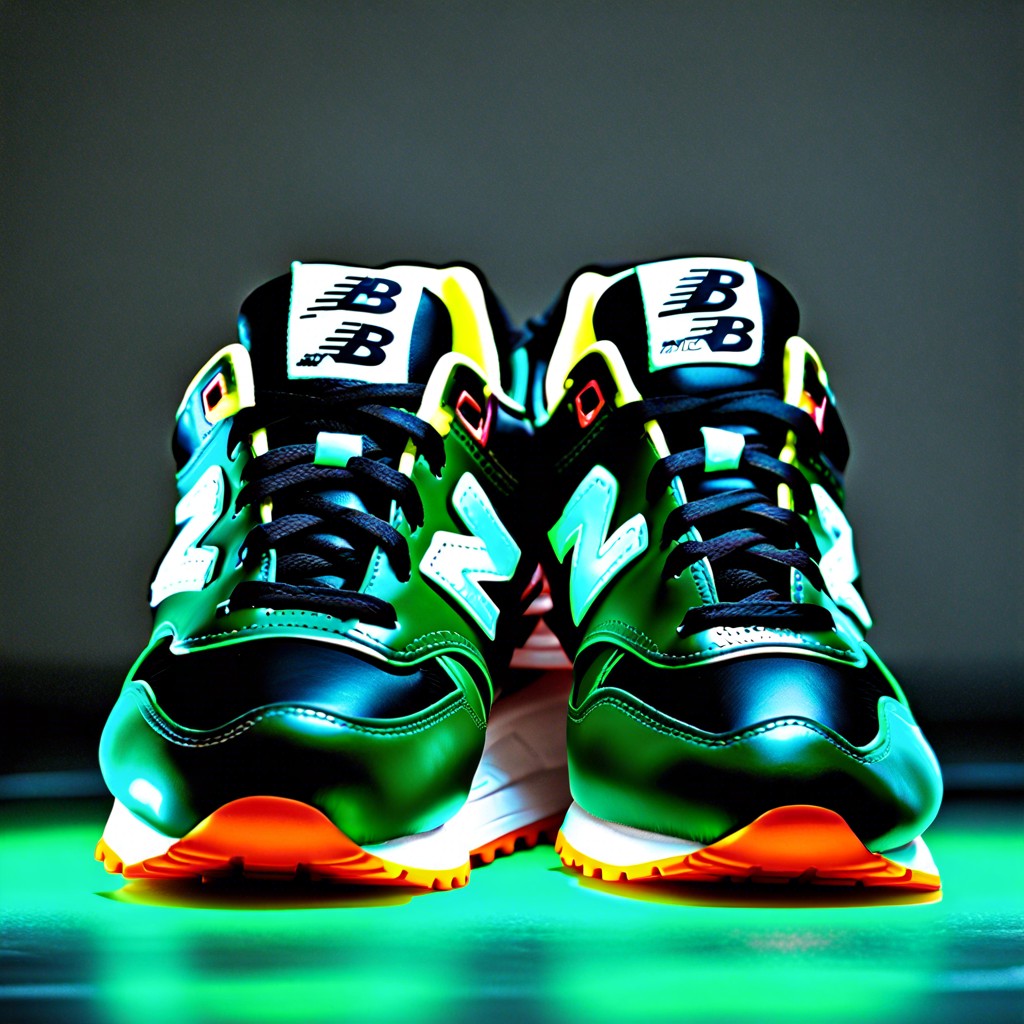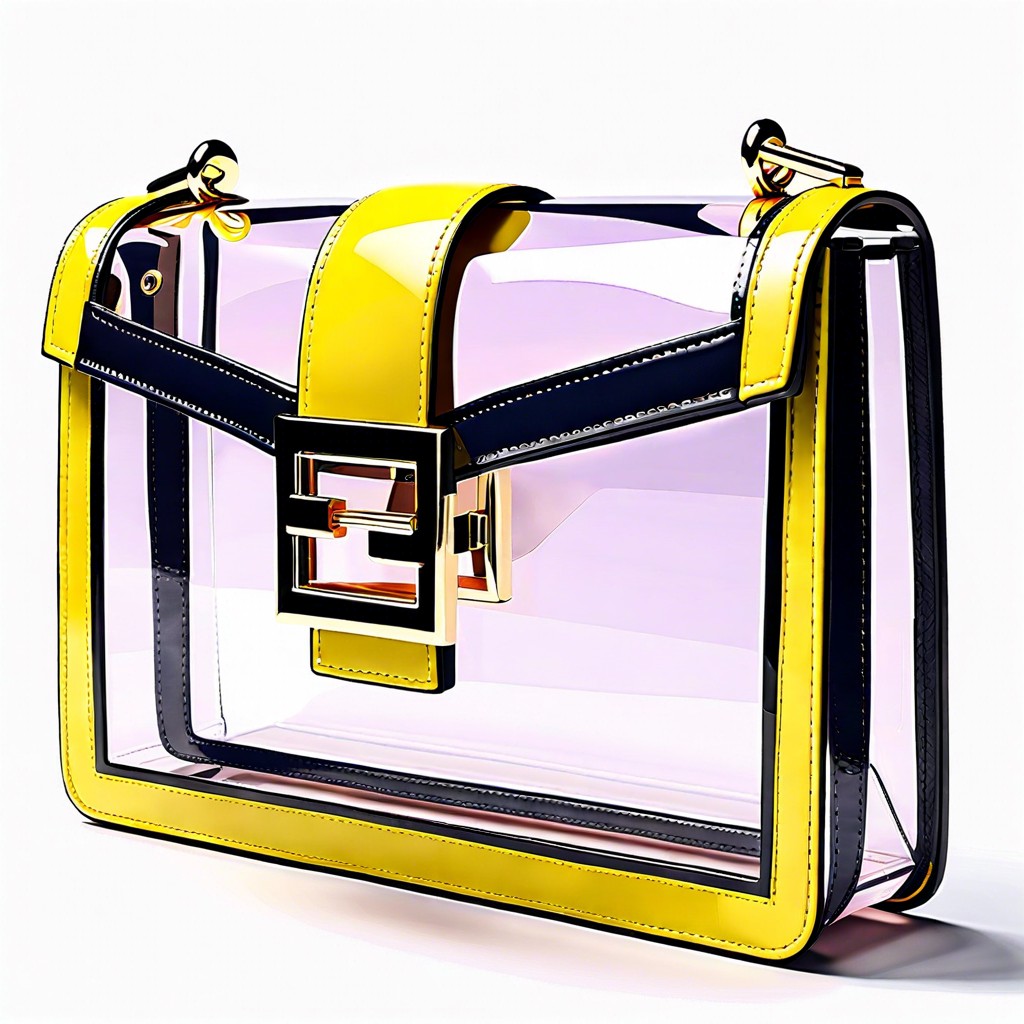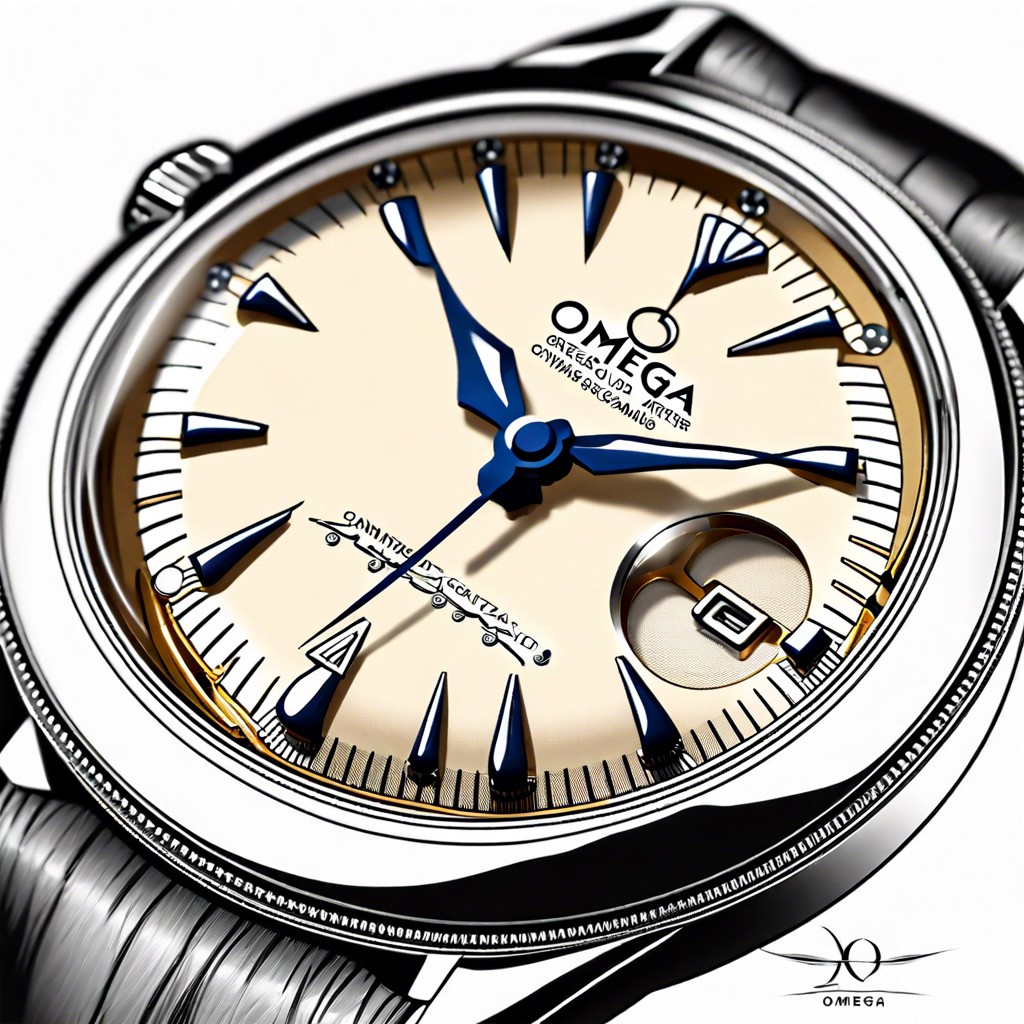Last updated on
This buying guide offers practical tips on identifying and purchasing a vintage Carhartt jacket, ensuring you select a genuine and valuable piece.
Key takeaways:
- Vintage Carhartt jackets have a rich history dating back to the late 1800s.
- Identifying and dating vintage Carhartt jackets involves examining tags, logos, materials, construction, and style.
- Rarity, condition, provenance, and design features affect the value of vintage Carhartt jackets.
- Care and preservation of vintage Carhartt jackets include proper cleaning, drying, storage, and prompt repairs.
- Carhartt has evolved from workwear to a fashion icon, appealing to various social groups.
History of Carhartt Jackets
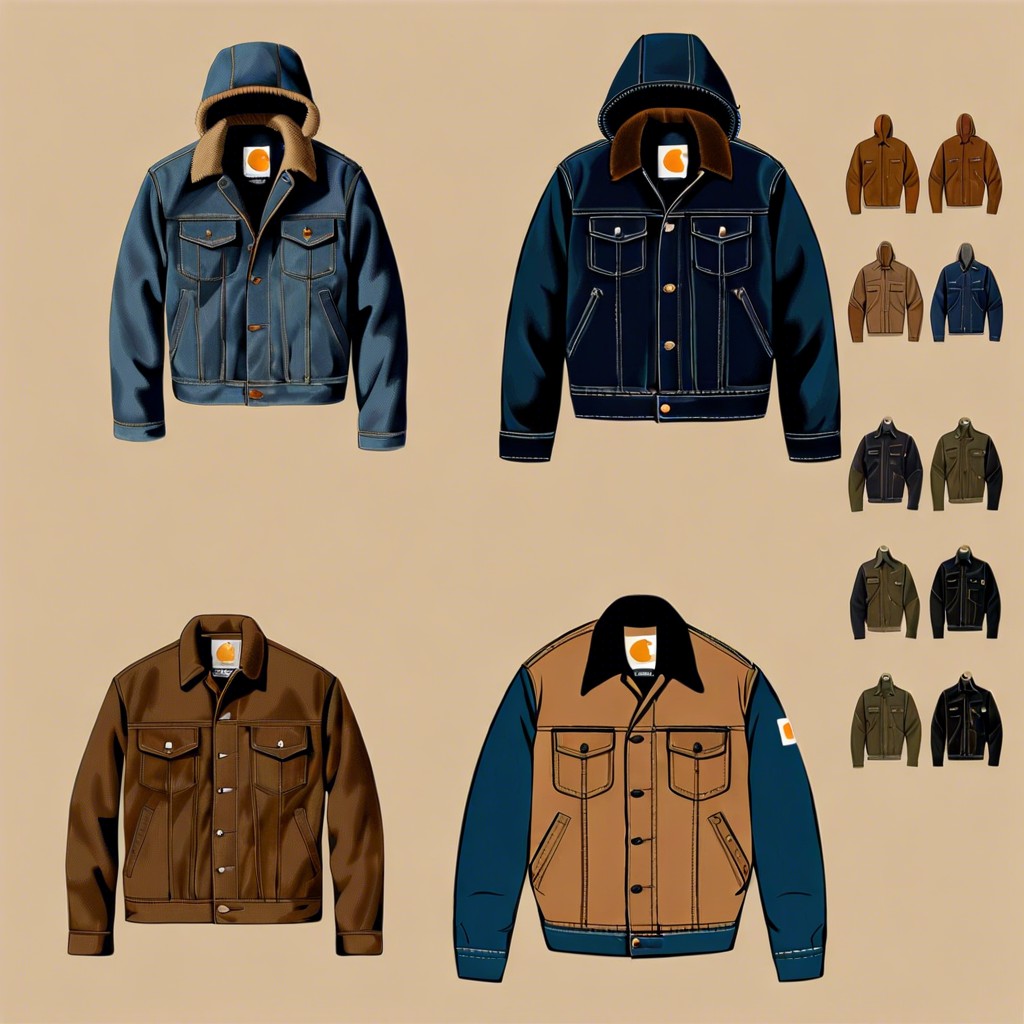
Founded in 1889 by Hamilton Carhartt, Carhartt Inc. started with two sewing machines and five employees. Initially, the company produced overalls in duck and denim fabrics, aimed at railroad workers seeking durable work attire. Carhartt’s motto, “Honest value for an honest dollar,” reflects the brand’s commitment to quality work garments.
The iconic Carhartt jacket, known for its robust construction, was introduced to meet the needs of manual laborers facing harsh working conditions. By 1910, the company had expanded coast to coast, from the U.S. to international markets, its products symbolizing resilience and workers’ pride.
During the 20th century, the jackets became popular among various subcultures, transcending their utilitarian roots. Despite fashion trends, the core elements like heavyweight fabric, riveted pockets, and triple-stitching have remained consistent, marking the jackets’ enduring legacy.
Carhartt’s emergence in the urban scene during the 1980s and 1990s introduced the brand to a new audience, solidifying its status beyond workwear. Vintage Carhartt jackets from this era often fetch higher interest due to their growing rarity and iconic style.
Identifying Vintage Carhartt Jackets

Examine the tags and labels for specific fonts and designs that indicate the era of production. Earlier Carhartt jackets often featured simpler, more rugged tags, while later decades introduced more elaborate designs.
Look for the iconic Carhartt ‘C’ logo, which can help indicate the timeframe of the jacket. Variations in logo design can provide clues to the vintage status.
Investigate the materials used. Older Carhartt jackets were made with heavyweight duck cotton fabric and may show signs of heavier wear, in contrast to more modern synthetic blends.
Study the construction details. Vintage Carhartt jackets usually exhibit reinforced stitching and rivets at stress points, qualities that are consistent with earlier manufacturing.
Check for union labels. Union-made jackets are indicative of a certain time period, as Carhartt historically used union labor for manufacturing.
Research the style and cut of the jacket. Carhartt has adapted its designs over time, so understanding the styling of different decades can help date a piece.
Utilize serial numbers and style codes when possible. Sometimes these can be traced back to production years or eras through company records or vintage clothing guides.
Factors Affecting Value of Vintage Carhartt Jackets
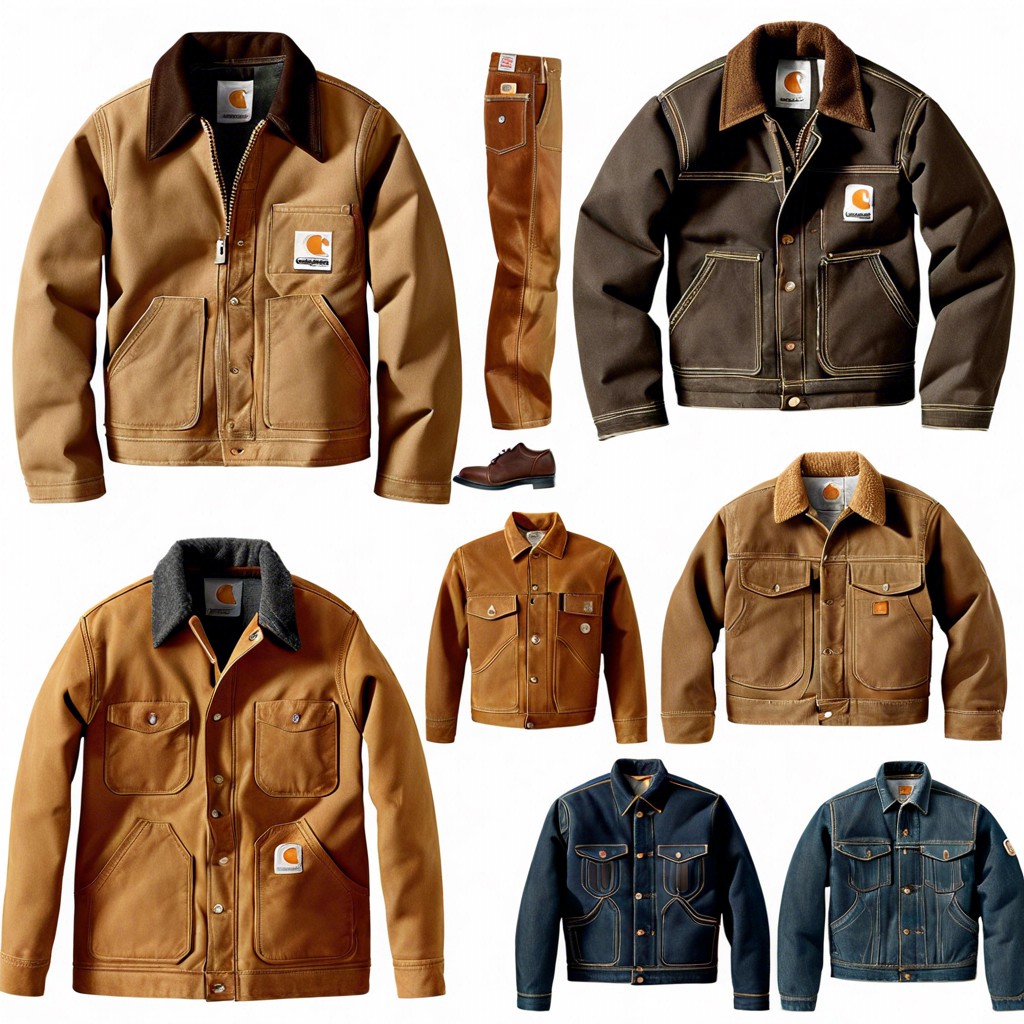
Vintage Carhartt jackets derive their value from a mix of factors. Rarity tops the list, with limited edition releases and older models fetching higher prices. The condition is key; jackets with less wear and tear, particularly those from the pre-1990s era known for their robust construction, are more sought after. Provenance can add a premium, especially if the piece has a traceable history or association with significant events or personalities.
Original design features such as unique buttons, labels, and stitching patterns are desirable. Collectors often seek out jackets with the iconic ‘union-made’ tags or the early ‘C’ logo, which signal authenticity and vintage status. Unusual colors or patterns not commonly found in modern reproductions also contribute to an item’s value.
Market trends should not be overlooked. The rise in workwear popularity and fashion’s cyclical nature have spiked interest in vintage Carhartt pieces. The intersection of utility, fashion, and heritage has propelled these jackets from functional apparel to collectible items.
Finally, size matters. More common sizes might sell more readily, but unusual or particularly large or small sizes might attract a niche market willing to pay a premium. Understanding these factors can aid collectors and enthusiasts in both the acquisition and valuation of vintage Carhartt jackets.
Care and Preservation of Vintage Carhartt Jackets
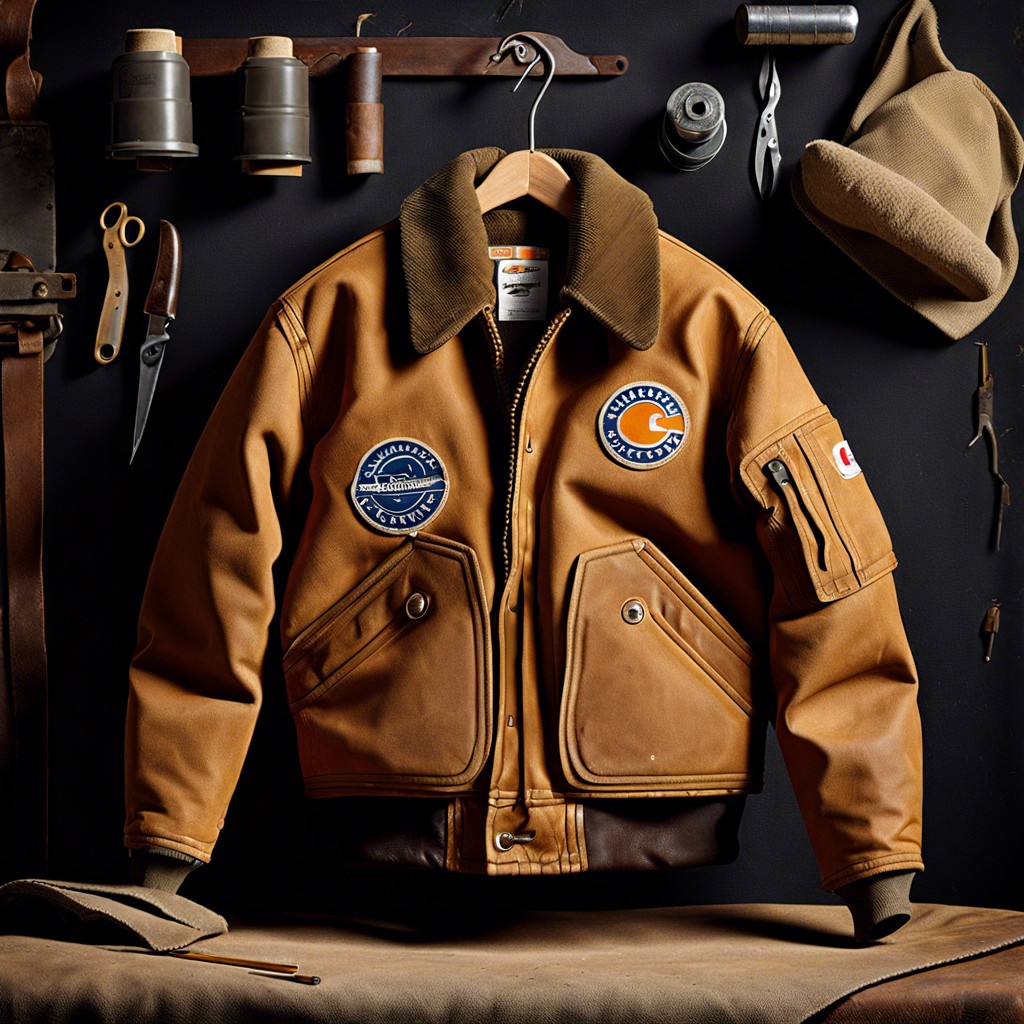
Maintaining the integrity of a vintage Carhartt jacket involves careful cleaning and storage. Hand washing is preferred to machine washing, but if a machine must be used, opt for a gentle cycle with cold water to prevent shrinking and fading. Always use mild detergent and avoid bleach, which can degrade the fabric and alter the color.
For drying, air-drying is the safest option. Lay flat or hang to dry away from direct sunlight, as UV rays can cause discoloration. Never tumble dry, as the heat can cause irreversible damage to the vintage fabric.
When it comes to storage, a breathable garment bag will protect the jacket from dust and pests. Store in a cool, dry place away from sunlight to prevent deterioration of the material. If the jacket has any metal components, ensure the storage area is free from humidity to prevent rust.
By addressing any rips or loose threads promptly, you can prevent further damage. It’s best to consult a professional for repairs to preserve the jacket’s authenticity.
Remember, regular inspection for signs of wear will help you take early action to prevent minor issues from becoming major problems.
Understanding Carhartt’s Place in Fashion History

Carhartt’s inception in 1889 positioned it as a reliable provider of durable workwear, designed for railroad workers. Its utilitarian roots are reflected in sturdy construction and functional details, such as triple stitching and heavyweight fabrics.
As streetwear culture emerged in the late 20th century, Carhartt transitioned into urban fashion. The brand’s rugged aesthetics and durability appealed to hip-hop artists and skaters alike, symbolizing authenticity and resilience.
The Work In Progress (WIP) line, introduced in Europe in the 1990s, cemented Carhartt’s status in the fashion industry. This line adapted original workwear designs to fit the urban lifestyle, featuring slimmer cuts and trend-driven styles.
Collaborations with high-fashion designers and limited-edition releases have continually redefined Carhartt’s image, blending traditional workwear with contemporary fashion narratives.
Carhartt’s consistent presence across diverse social groups, from factory workers to fashion connoisseurs, reflects its unique place in fashion history—a testament to functional design transcending its original purpose.
